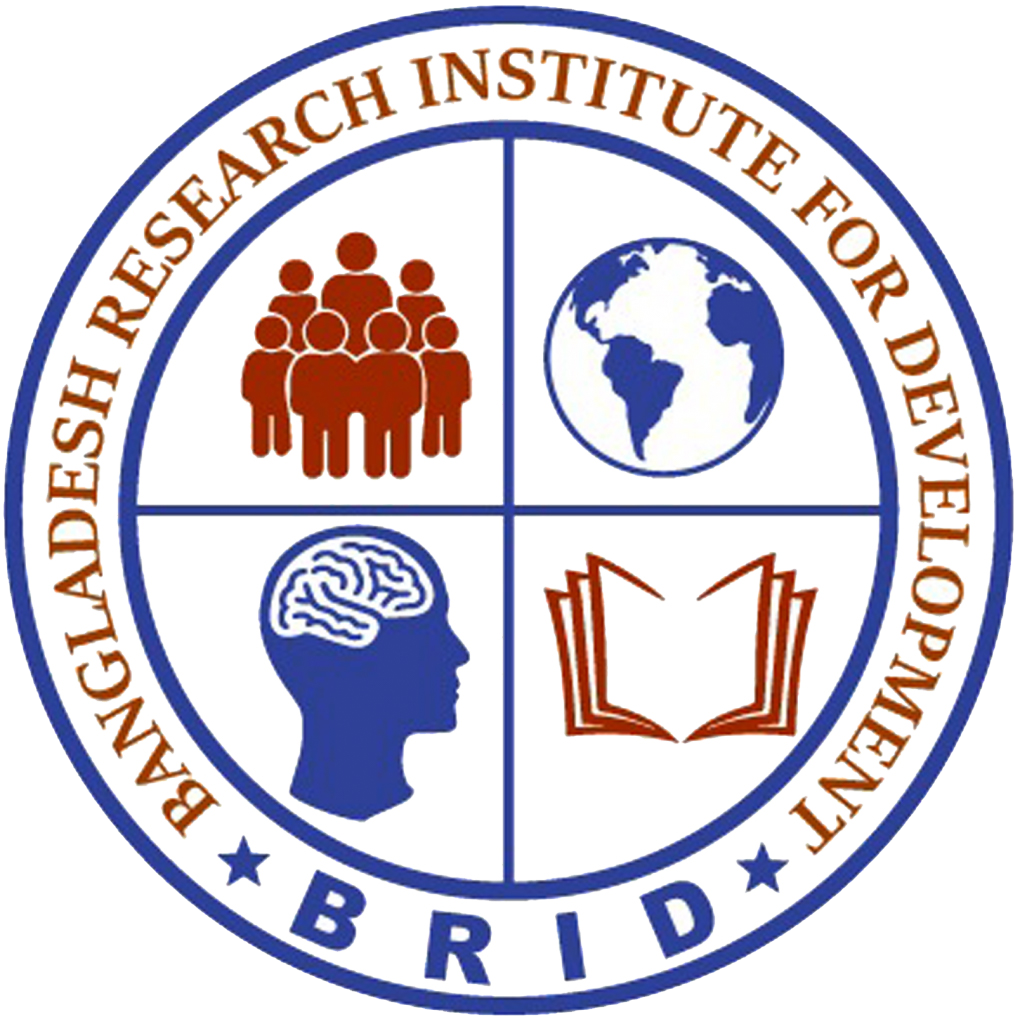Executive Summary
Demographic information
- The study has interviewed the children whom age ranging is 9 years to 18 years while age mean is 15.26 years.
- It found that most of the child labour is male (96.2%).
- There is diversification of religions of the child labour where Hinduism is dominant (64.4%).
- Majority of the child labour read in class eight. It is worth mentioning that there are a number of children who are not continuing their schooling. Study finds that 7.9% of the child labour are out of school in the study area.
- The children of the study area are engaged various types of work while a significant portion are engaged in automobile mechanic (7.9%) and welding sector (10.6%).
- The children are belonged to the families whose members are ranging from 2 to 10 while average family size is 4.79 members.
- Major portion of the children are belonged to the families whose heads are their father (92.1%). The major portion of the family head’s occupation is farmer (46.6%).
- The monthly income of the families’ heads is ranging from 2000 to 20000 taka per month while 86.3% is below 10000 takas. The average monthly income is 7278.42 taka per month.
Educational status and dropout of the children
- It is seen that 13% of the child labour did not go to the schools before COVID-19.
- The study finds that 90.4% of the children have opined that school closure has great or large impact on their educational progress and learning outcomes.
- There are no children who has been received any supports to continue their study during COVID-19.
- It is found that a large number of children did not continue their education during COVID due some reasons, e.g., financial crisis 28.4%, family crisis 19.2% and poverty 21.2%.
- It is also alarming that 31.5% of the child labour has not re-joined their schools after pandemic situation.
- The study finds that a significant portion of the children do not attend school and classes regularly. The most common reasons of the absent are family crisis, family problem, financial crisis, low family income, poor financial family condition, poverty, and went to work.
- It is seen that 94.5% of the children’s family have faced difficulties in managing educational expenses of their children while 89.4% have faced high level difficulties.
- The Covid-19 pandemic has impacted the study of the children. The majority (41%) of the study participants reported that they were mainly forced by the economic factors, i.e., low income, financial crisis, higher education cost etc. (to be continued)

